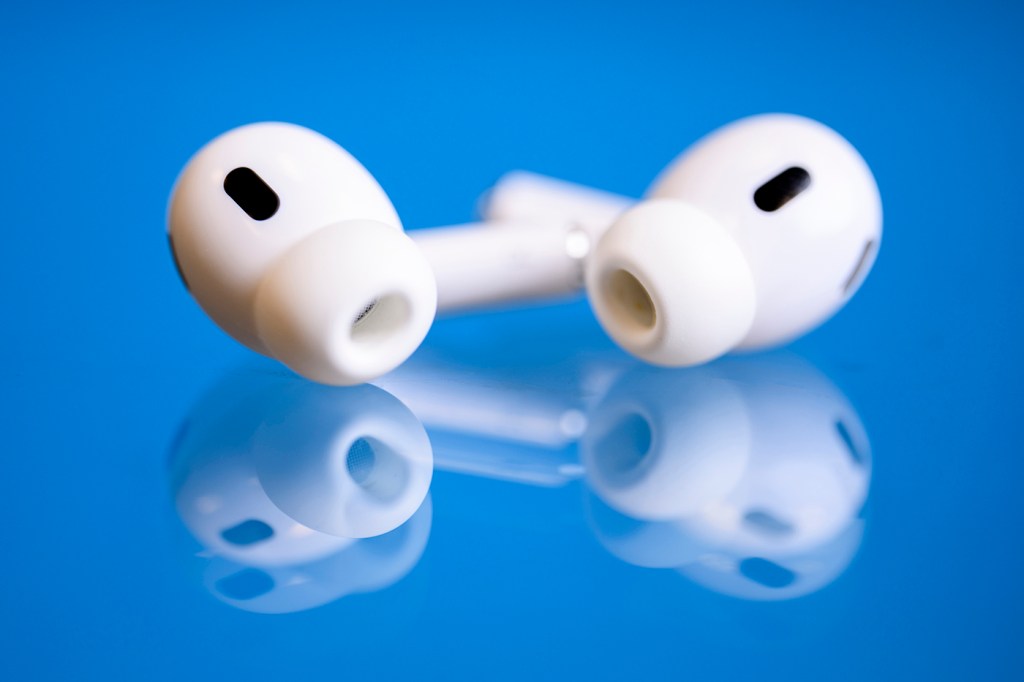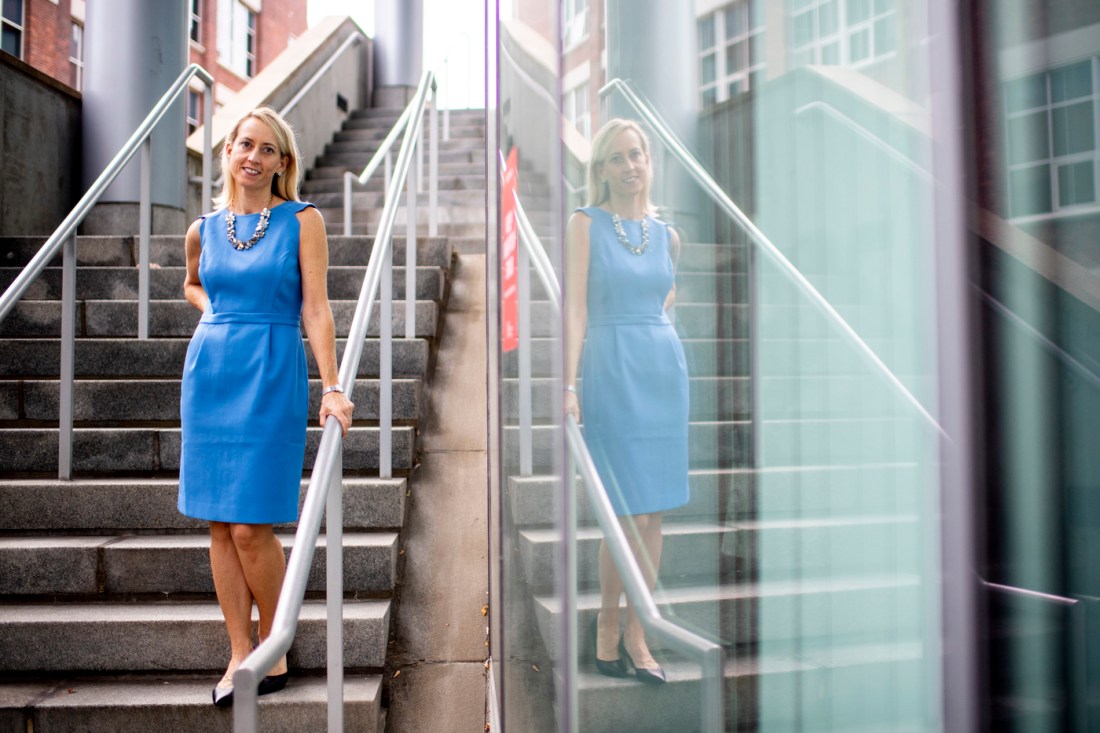Apple’s AirPods Pro 2 will feature a clinical grade hearing aid function. Can they give hearing a big improvement?

In 2022, the U.S. Food and Drug Administration greenlit the selling of over-the-counter hearing aids for adults with “mild to moderate hearing loss.”
In response, a market emerged. Major headphone companies including Sony, Jabra and Sennheiser now offer over-the-counter hearing aids in the sub thousand-dollar range, undercutting traditional hearing aids that can cost upwards of $10,000.
A new player has now entered the scene.
Apple announced that it is bringing several hearing aid features to its $249 AirPods Pro 2 wireless earbuds later this fall, including the ability to take an at-home hearing test, reduce outside noise, and even amplify sounds around you.
The headphones have received FDA authorization to be used as hearing aids, and the tech press has exclaimed that they “could forever change how people access hearing aids.” Their relatively low cost, their ease of use and their integration with other Apple products may make them a compelling option for some.

A Northeastern University audiologist says there are several important considerations to keep in mind before purchasing Apple AirPods Pro 2 for improving your hearing.
First, let’s go over the positives.
These hearing aids features are being added to the earbuds at no additional cost through a software update, and that could be a win for consumers whose hearing loss is not significant, says Nicole Laffan, a Northeastern professor of communications sciences and disorders and the audiology clinic director at Northeastern’s Speech-Language and Hearing Center.
“If it’s not going to cost the customer anything extra, then it could be a benefit,” she says. “It could allow the patient to just have a little extra boost, and to participate in life.”
Featured Posts
Additionally, the awareness Apple is bringing to hearing loss may spur people to get a proper hearing test from a trained professional and educate themselves more about the options available to them, she says.
Five percent of the world’s population, around 430 million people, have “disabling hearing loss,” according to the World Health Organization. That number is estimated to jump to over 700 million by 2050. So anything that can be done to help people protect and improve their hearing is certainly a positive, Laffan says.
But here’s a reality check.
While AirPods and other over-the-counter options may be more affordable, they lack the customization and sophisticated technology found in traditional hearing aids, says Laffan. And over-the-counter hearing aid users aren’t giving themselves the best chances since they haven’t been given a proper diagnosis — and hearing loss may be caused by a variety of factors.
“For example, when we see a patient that has reported having challenges hearing, we want to know, was it a gradual change? Was it a sudden change? If it was a sudden change, we would want to know what other symptoms there might be,” she adds. “We might even recommend that they have a medical followup immediately, and potentially get on steroids.”
Traditional hearing aids are expensive because they provide certain assurances, she says.
“You’re not only paying for the technology in them,” she says. “You’re also paying for the expertise of an individual who’s listening to you through multiple appointments, making modifications, training you how to insert them correctly, when to change certain features on the hearing aid when they need to be fixed or cleaned. And, usually, when patients get hearing aids, they usually come with a two- to three-year warranty included in the price of service.”
Of course, the technology inside these devices is also state of the art, Laffan explains, noting that they are capable of adapting to multiple sound environments and accommodating various forms of hearing loss. She says AirPods can not match that level of quality as they just amplify sound, and they are not customized for each individual’s ear canal.
“I think it’s great that the industry is trying to find options for individuals with hearing loss, knowing that it’s not uncommon, but we want to make sure that we’re providing people with the best product and the best care.”











